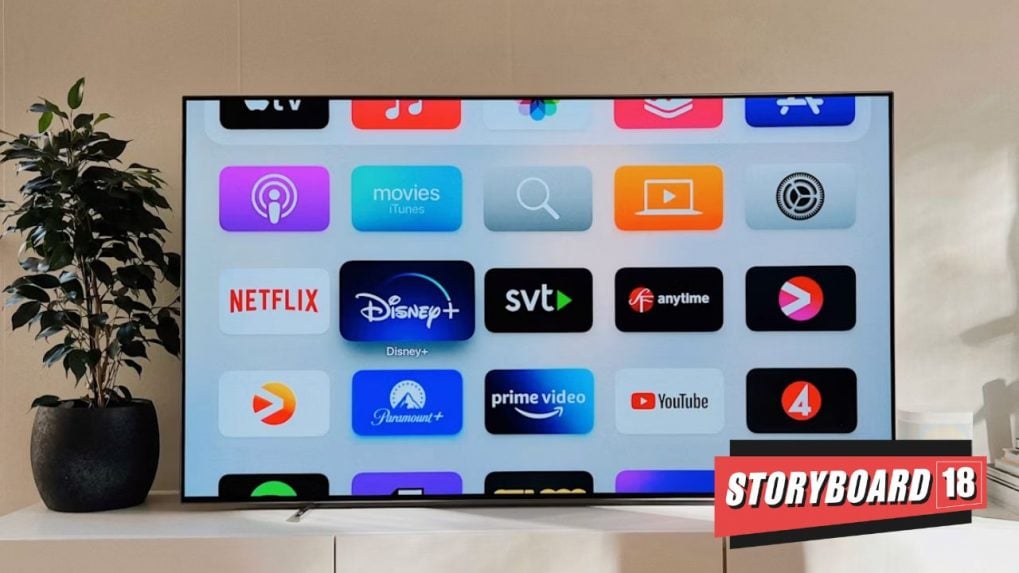Media industry rallies for distinct rules for TV and OTT regulation
While television content continues to be regulated under the Cable Television Networks (Regulation) Act, 1995, digital platforms fall under a hybrid model—a blend of self-regulation and statutory oversight, primarily governed by the IT Rules, 2021.
ADVERTISEMENT
At the recent WAVES 2025, a powerful chorus of voices called for differentiated regulatory approaches for television and digital media. The message was clear: the two mediums, while often conflated, are vastly different in technology, user experience, and regulatory needs.
The debate is not new, but growing digital consumption has intensified it in recent times, highlighting a broader dilemma for regulators: how to ensure fair oversight without stifling innovation in an increasingly dynamic media ecosystem.
“Television and digital platforms are structurally and operationally distinct, and function under fundamentally different paradigms—both technologically and in terms of audience engagement patterns,” said Tanu Banerjee, Partner at Khaitan & Co. “It’s therefore appropriate that they are regulated through separate frameworks. A nuanced, differentiated approach helps ensure that regulation evolves in step with the dynamic nature of digital media.”
Read more: Uday Shankar draws a clear distinction between television and digital media
The Ministry of Information and Broadcasting’s proposed Broadcasting Services (Regulation) Bill, 2024, which aims to create a unified legal framework for all forms of audiovisual content, has further sharpened the regulatory divide.
Sonam Chandwani, Managing Partner at K S Legal, noted that the demand by industry for distinct regulatory treatment of linear and digital platforms is legally and practically sound, given their divergent operational frameworks and constitutional implications.
Traditional TV is already governed under the Cable Television Networks (Regulation) Act, 1995, with clear checks aligned to Article 19(2) of the Constitution. In contrast, digital media is governed by the Information Technology Act, 2000, and its accompanying Intermediary Guidelines, offering broader leeway to accommodate innovation.
While the IT Rules, 2021 and Digital Media Ethics Code provide a structure for self-regulation of OTT platforms, critics argue that it lacks the enforcement rigor required for platforms with such vast reach and influence.
“Self-regulation allows digital platforms operational autonomy, but it must be complemented with enforceable guidelines to ensure accountability,” said Banerjee. “The IT Rules offer a structured baseline, yet there’s still scope for a regulatory model that incorporates both industry expertise and statutory oversight.”
Chandwani warned that digital self-regulation remains legally deficient.
“Unlike linear content, tightly controlled by the Cable Television Regulation Act, 1995, digital platforms rely on voluntary codes that lack enforceability, risking violations of public order and consumer rights under Article 19(2),” she said, citing Netflix India v. State of NCT (2023) as a case where courts flagged regulatory gaps in OTT content governance.
She also noted that the current draft of the Broadcasting Bill contains vague definitions and ambiguous oversight powers, potentially inviting executive overreach, raising fresh concerns under Article 19(1)(a).
The Case for Institutional Reform
Sanjay Trehan, digital and new media advisor, advocates for a structured but collaborative solution.
“Ideally, we need an industry body of domain experts to formulate guidelines and policy framework. The need is to create an enabling and empowering body that ensures adherence to set guidelines and helps promote innovation, creativity and growth.”
This view is echoed by Deepro Guha of The Quantum Hub, who noted the one-to-one nature of digital content consumption compared to TV’s one-to-many format. “Given the sheer number of digital channels and the limitations of regulatory capacity, a co-regulatory model like that under the IT Rules is more practical for digital,” he said, warning that a heavy-handed approach could stifle expression and innovation.
Chandwani proposed a hybrid solution: establishing an independent statutory authority, similar to the Press Council of India, to oversee digital content while preserving self-regulatory flexibility. “Transparent grievance redressal mechanisms and media literacy initiatives could align digital regulation with constitutional mandates,” she added.
The growing complexity is set against the backdrop of India’s $30 billion media and entertainment market, with digital alone projected to cross $9.7 billion. The rapid adoption of streaming platforms, algorithmic curation, and personalized feeds continues to reshape how content is produced, distributed, and consumed.
“TV broadcasts to a broad, often unsupervised audience with minimal access controls. Digital, however, is private and on-demand—with age gates, personalized feeds, and user choice,” said Vivan Sharan, Partner at Koan Advisory. “It’s not about more or less regulation, but about proportional and responsive regulation that reflects the technology.”

